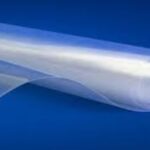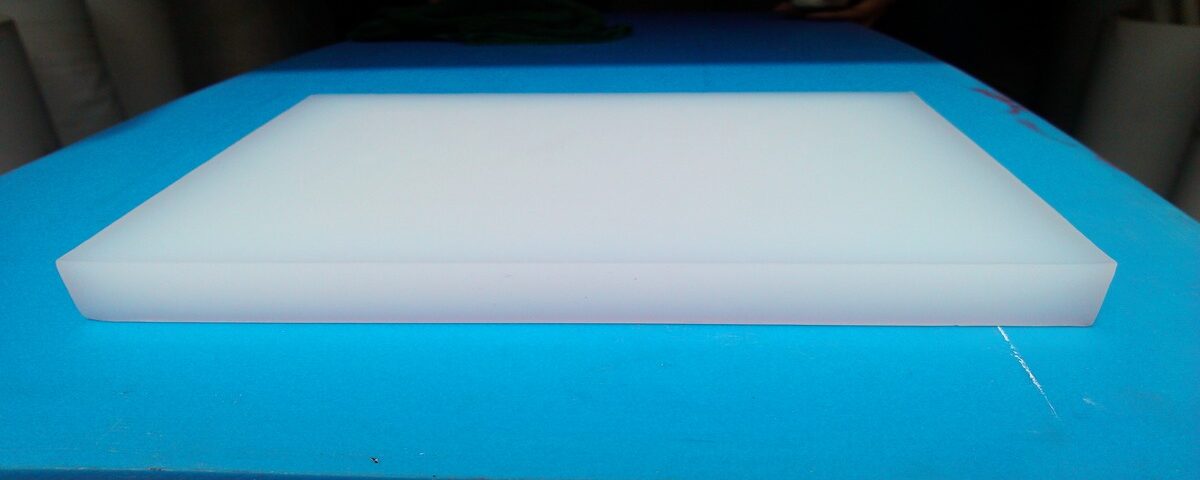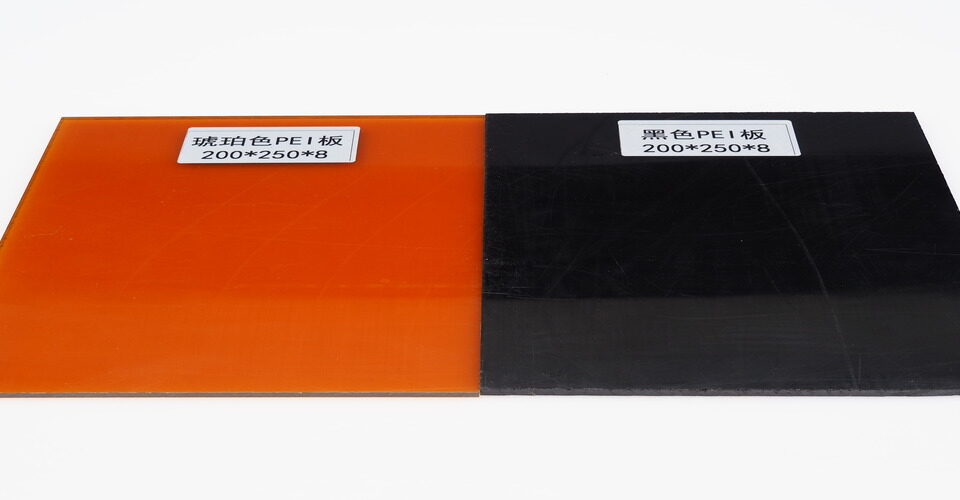
Difference B/W PTFE and PPS
October 10, 2024
Is FEP Waterproof?
October 10, 2024Introduction
FEP (Fluorinated Ethylene Propylene) and PTFE (Polytetrafluoroethylene) are both fluoropolymer materials, each with unique properties. Understanding their differences can help determine which is better for specific applications.
Chemical Structure
FEP is a copolymer made from tetrafluoroethylene and hexafluoropropylene, which gives it distinct properties compared to PTFE, a homopolymer of tetrafluoroethylene. This structural difference affects their performance in various environments.

Thermal Properties
Both FEP and PTFE exhibit excellent thermal stability. PTFE can withstand temperatures up to 260°C (500°F), while FEP operates effectively in a range of -200°C to 204°C (-328°F to 400°F). For applications requiring extreme heat resistance, PTFE is often the preferred choice.
Chemical Resistance
PTFE boasts exceptional chemical resistance, even against aggressive solvents and acids. FEP, while also resistant to many chemicals, can be less effective against certain strong solvents. For environments with highly corrosive substances, PTFE is typically superior.
Processing and Fabrication
FEP is easier to process and can be molded or extruded, making it suitable for a wider range of applications, including thin films and coatings. PTFE, on the other hand, requires more complex processing methods.
Applications
FEP is often used in applications requiring flexibility and transparency, such as wiring insulation and coatings. PTFE is favored for non-stick surfaces and high-temperature seals.
Conclusion
The choice between FEP and PTFE depends on specific application needs. For high-temperature and chemical resistance, PTFE may be better; for ease of processing and flexibility, FEP could be preferred.






